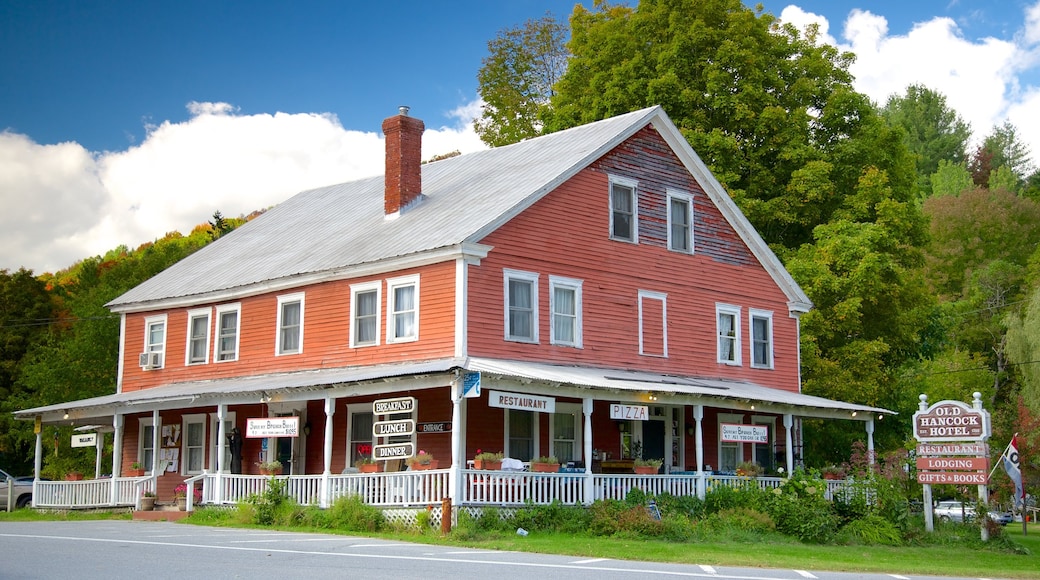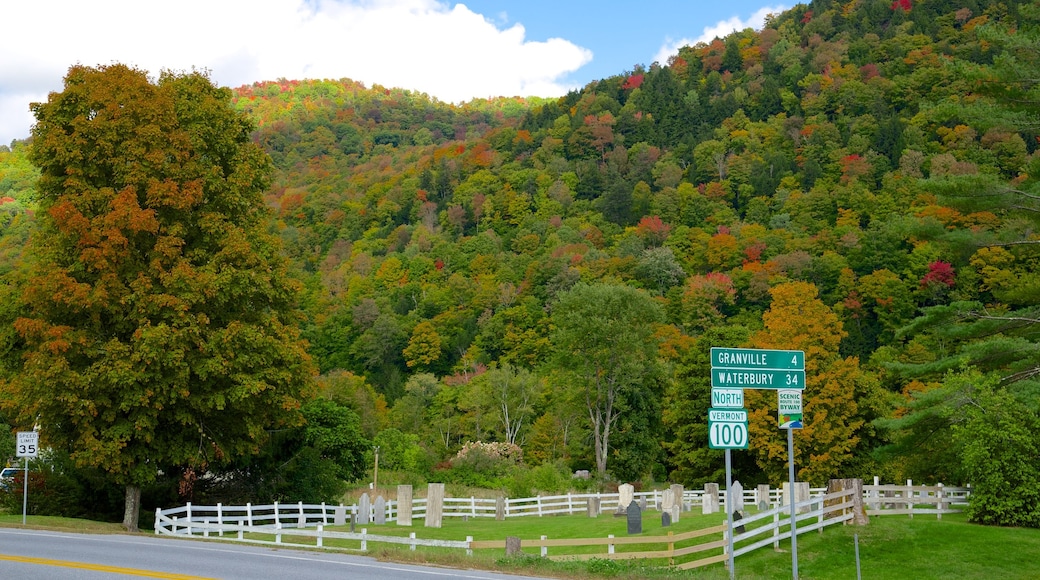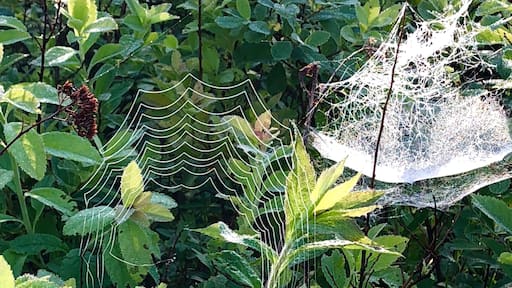This town in Addison County, named after one of America’s Founding Fathers, is a perfect place to hike the Green Mountains or ski Middlebury Snow Bowl.
The first thing you’ll notice in Hancock is green in the summer or white in snowy winters. This town, with only a few hundred residents, is an unspoiled natural wonderland in the heart of Vermont’s Green Mountains. It is named after John Hancock, a prominent signer of the Declaration of Independence. Discover its many recreational opportunities, from canoeing to hiking to skiing.
Explore the Green Mountain National ForestOpens in a new window, which comprises 82 percent of Hancock’s land. The national f orest covers about 400,000 acres (160,000 hectares) across the state. Hike up the many peaks located near Hancock, including Burnt Mountain, Cobble Hill, Hancock Mountain, Kirby Peak, Monastery Mountain, Mount Vernon, Silent Cliff Mountain and Worth Mountain.
Conquer the slopes at Middlebury Snow Bowl. The ski hill, owned by nearby Middlebury College, features 17 trails and six gladed areas. Take a lesson or try tree skiing and uphill skiing.
Hike on the Long Trail, which runs the length Vermont, from Massachusetts to Canada. Traverse Middlebury Gap, a mountain pass in the Green Mountains. Discover the White River, which cuts through Hancock. Paddle downstream or try to hook a trout hiding among the rocks.
Visit Texas Falls Recreation Area and reward yourself with its stunning scenery. Explore Texas Brook or have a picnic next to the babbling waterfall. With a looping route of just 1.2 miles (1.9 kilometres), it is a fairly easy trek.
Hancock is one of the smallest towns in the White River Valley, but it has had notable residents, including Jeremiah Ingalls, one of America’s first composers, and machinery magnate John Deere. Visit the tiny downtown area, comprising a few shops, a general store and an inn.
Find Hancock about halfway between Killington and the Mad River Valley along Scenic Route 100, a great drive to enjoy fall foliage. Reach many other destinations within the Green Mountains in less than 45 minutes by car.












